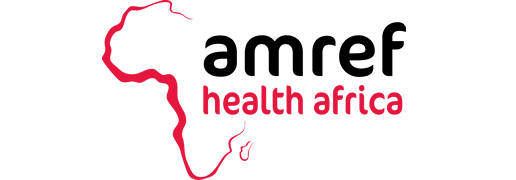This year is an important one for the world. According to the latest report from the UN, the world population will reach eight billion people this year and 10.4 billion by the turn of the century. The increase comes against a backdrop of falling global fertility.
In 2021, the average global fertility stood at 2.3 births per woman, having fallen from about five births per woman in 1950.
As a result, the world population growth rate has dropped below one per cent. The decline has, however, not been uniform with more than half of the rise forecast in the world’s population concentrated in eight countries, most of which are in Africa.
These are the Democratic Republic of Congo, Egypt, Ethiopia, India, Nigeria, Pakistan, the Philippines and Tanzania. Moreover, the 46 least developed countries (LDCs), out of which 32 are in Africa, are among the world’s fastest-growing populations.
If left unchecked, the impact of the rapid population will be highest felt in Africa including food insecurity, disease and poor living standards.
The growing population in countries with limited resources and low income will result in the migration of people and may deprive Africa of highly qualified productive human capital. Internally low-income countries will experience rural to urban migration and this will put pressure on resources.
To stem the rapid population growth and maximise the potential benefits of favourable age distribution, African countries need to invest in the REEF Framework which entails increased access to reproductive health, equitable education, and sustainable economic freedom and food security.
African countries must aspire to achieve universal access to sexual and reproductive health-care services, including for family planning, information and education as espoused by SDG 3. To achieve this, Africa should invest in meeting the needs of the furthest behind first.
Sub-Saharan Africa has among the highest prevalence rates of teenage pregnancy in the world. Therefore, it should ensure that SRH services are affordable and accessible not only for adolescent girls and youth but also for everyone when they need them.
Investment in the scale-up of disruptive, innovative and highly efficient RH approaches developed with the youth and for the youth, is a pre-requisite to success. These should be embedded and prioritised in Africa’s agenda of achieving sustainable universal health coverage.
This will not only lead to a decline in fertility, but also address other health-related issues such as reduced unintended pregnancies, high-risk pregnancies, maternal mortality, and infant mortality.
By Meshack Ndirangu, Country Director, Amref Health Africa, Kenya
Article first published on https://www.businessdailyafrica.com/bd/opinion/columnists/how-africa-can-tame-population-and-improve-health-3886844
